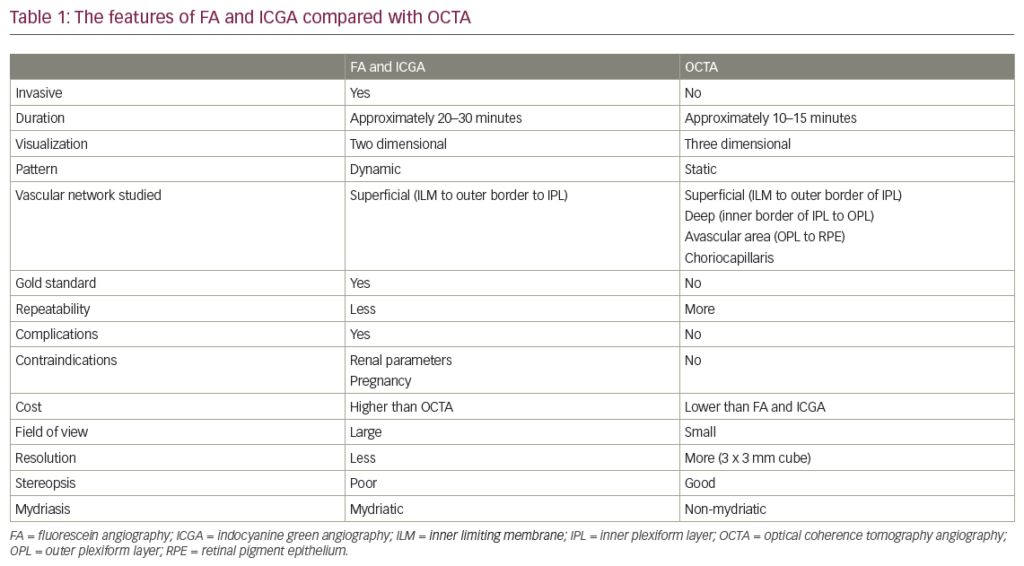According to pooled data from large, population-based eye surveys, the estimated prevalence of myopic refractive error (-1 diopter [D] or less) in individuals >40 years old is 25.4, 26.6, and 16.4 % in the US, Europe, and Australia, respectively. For myopia less than -5 D, the prevalence estimates are 4.5, 4.6, and 2.8 %, respectively.1 The prevalence of myopic refractive error is indeed substantial and is the highest of any ocular disorder in this age group.
Furthermore, optic nerve and visual field abnormalities associated with high myopia are notoriously difficult to differentiate from those associated with glaucomatous optic neuropathy. The challenge of distinguishing otherwise healthy myopic eyes from those afflicted with glaucoma becomes even more complex when considering that myopic refractive error is a risk factor for open-angle glaucoma. Marcus and colleagues2 performed a systematic review and meta-analysis of population-based cross-sectional studies published between 1994 and 2010, in order to determine the association between myopia and glaucoma. Analysis of seven studies that reported risk estimates for both low and high myopia revealed a pooled odds ratio of 1.65 (95 % confidence interval [CI] 1.26–2.17) between low myopia and open-angle glaucoma. The pooled odds ratio for the association between high myopia (-3 D or less) and open-angle glaucoma was found to be 2.46 (95 % CI 1.93–3.15). The authors acknowledge that, due to the presence of myopic visual field defects and relatively larger optic nerve cups in myopic individuals, studies included in this meta-analysis may have overestimated the prevalence of glaucoma and therefore they cite a single longitudinal study3 (deemed to be less prone to misdiagnosis of glaucoma) that yielded the same overall results. High myopic error does indeed appear to be an independent risk factor for open-angle glaucoma; however, clinicians must be aware of myriad clinical features that may confound an accurate diagnosis. This article aims to shed light on these clinical features and also to provide practical tips for the examination and follow-up of myopic individuals with suspected open-angle glaucoma.
To view the full article in PDF or eBook formats, please click on the icons above.












